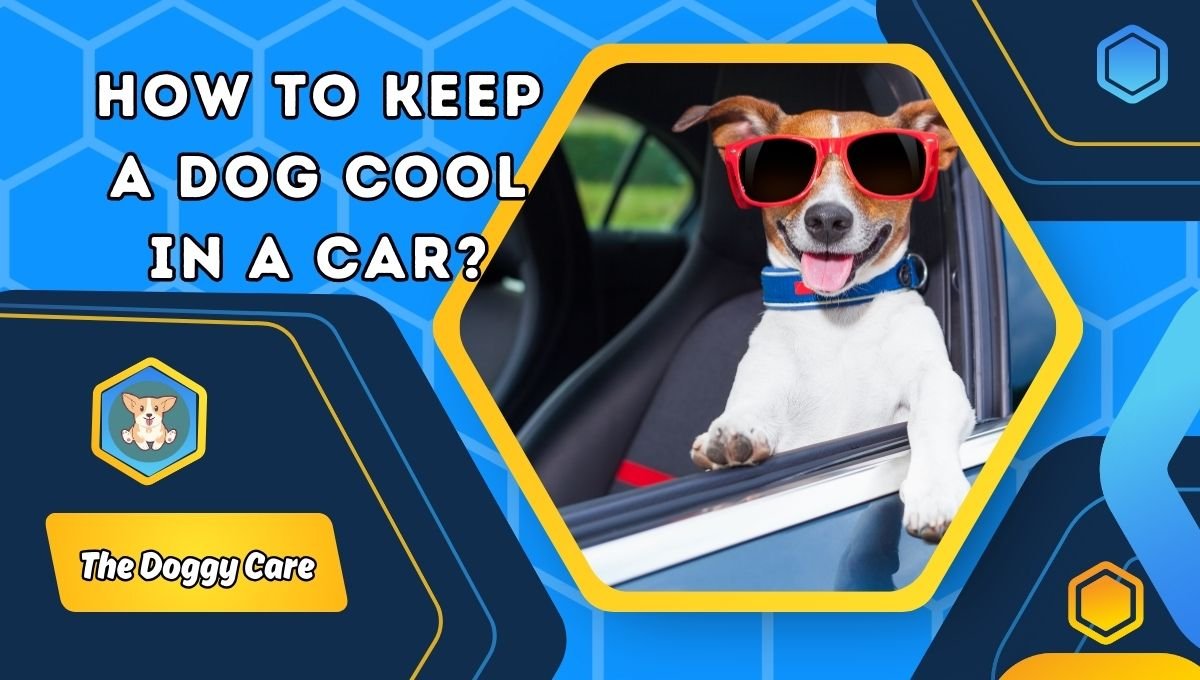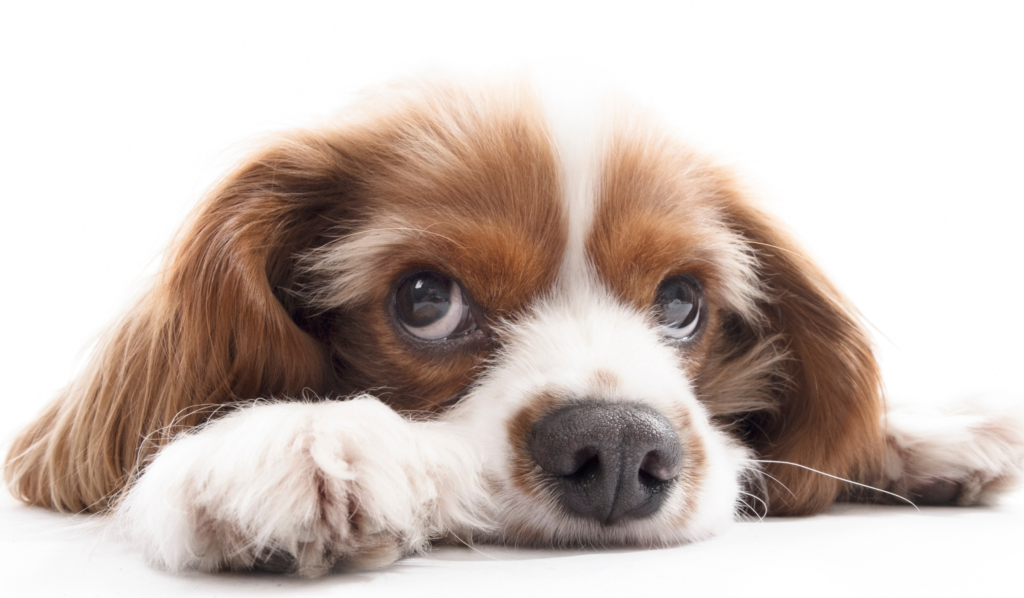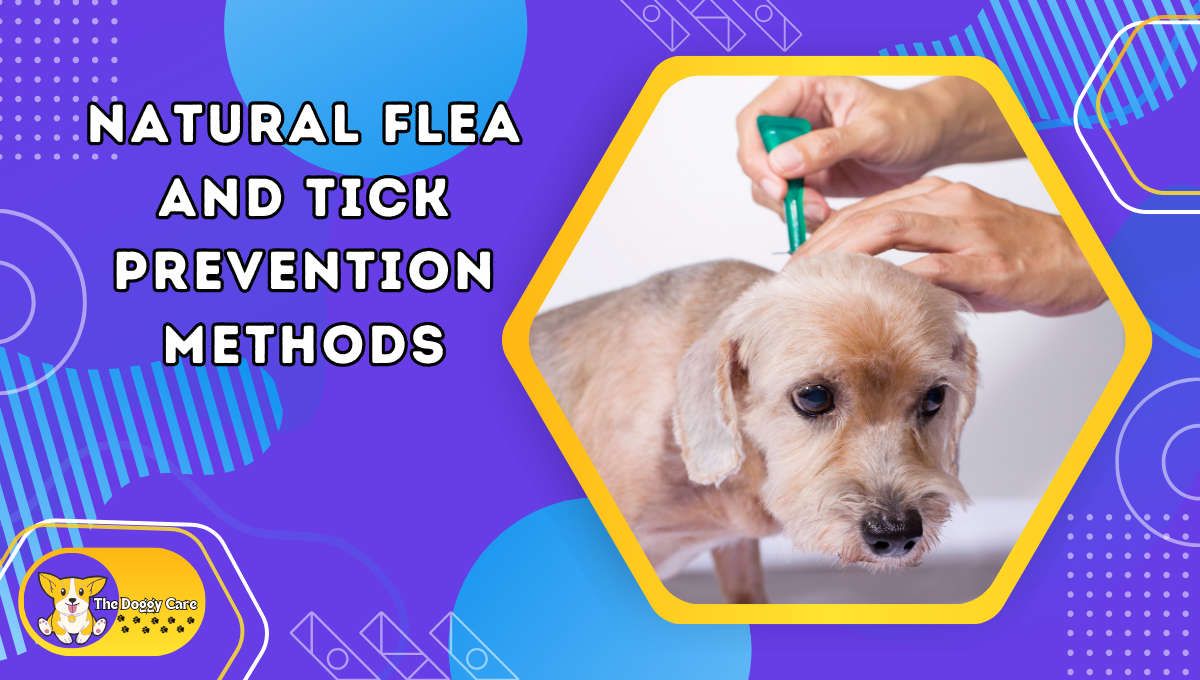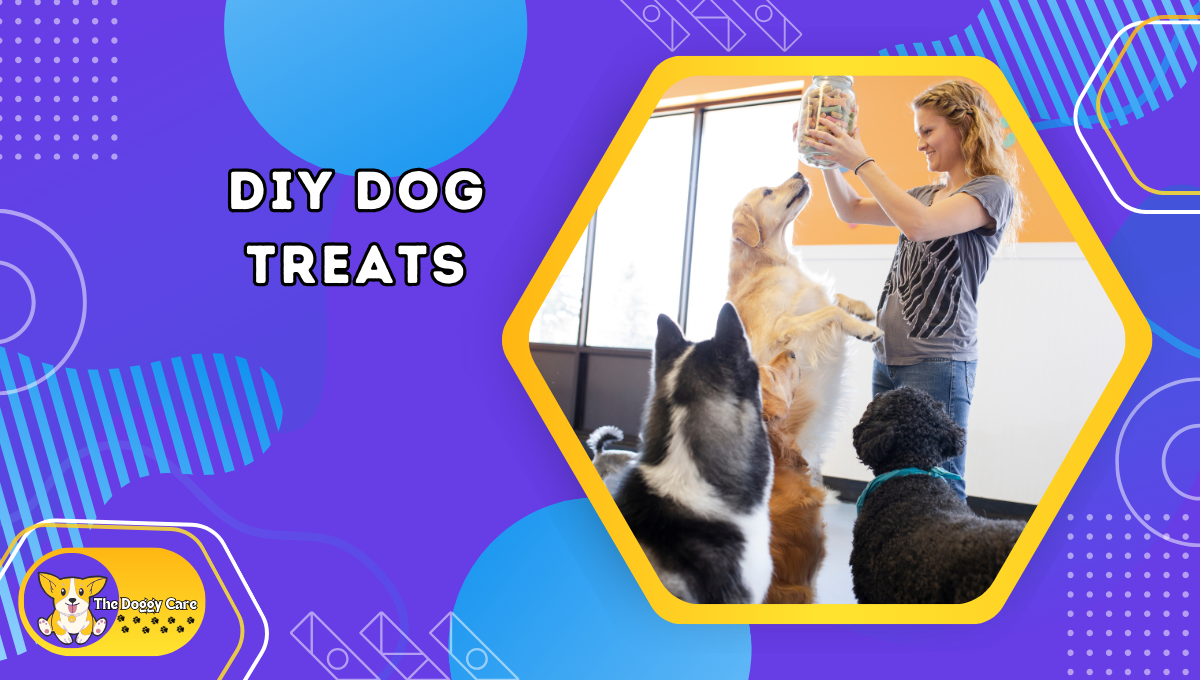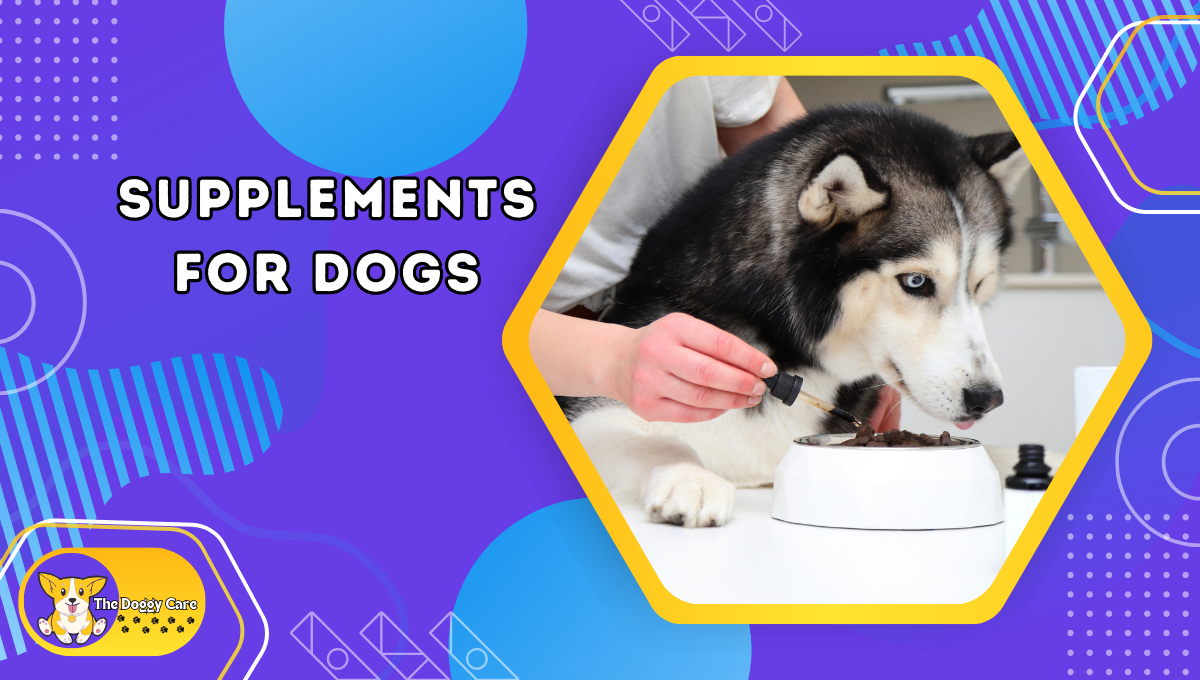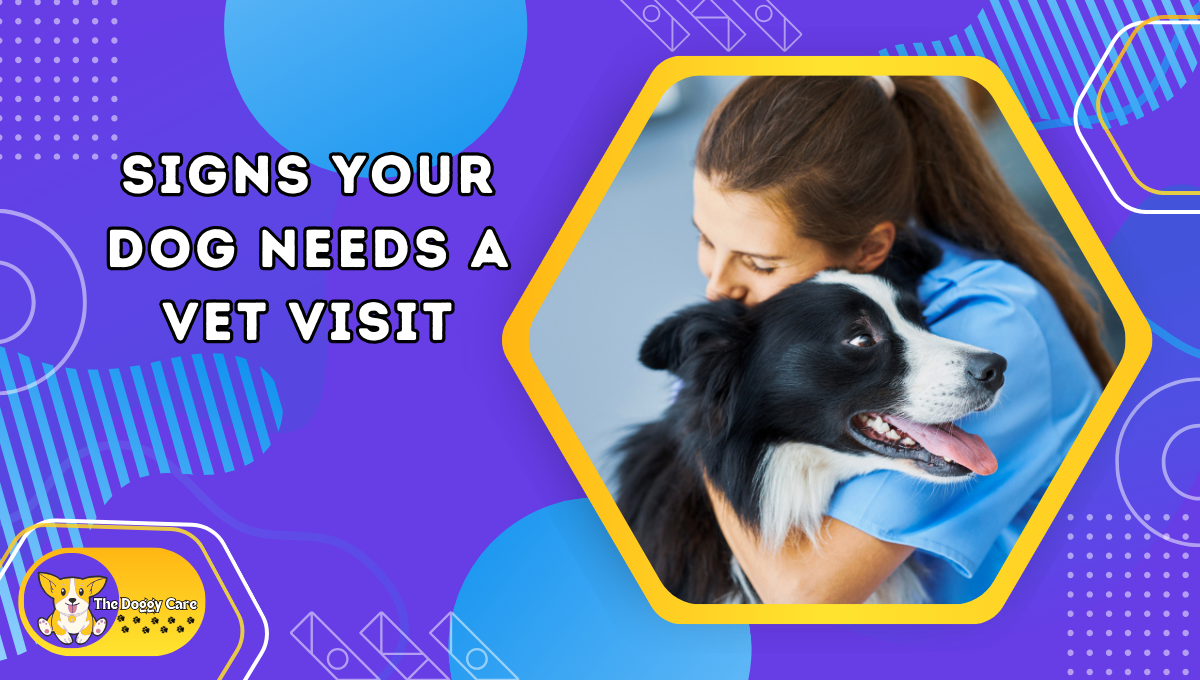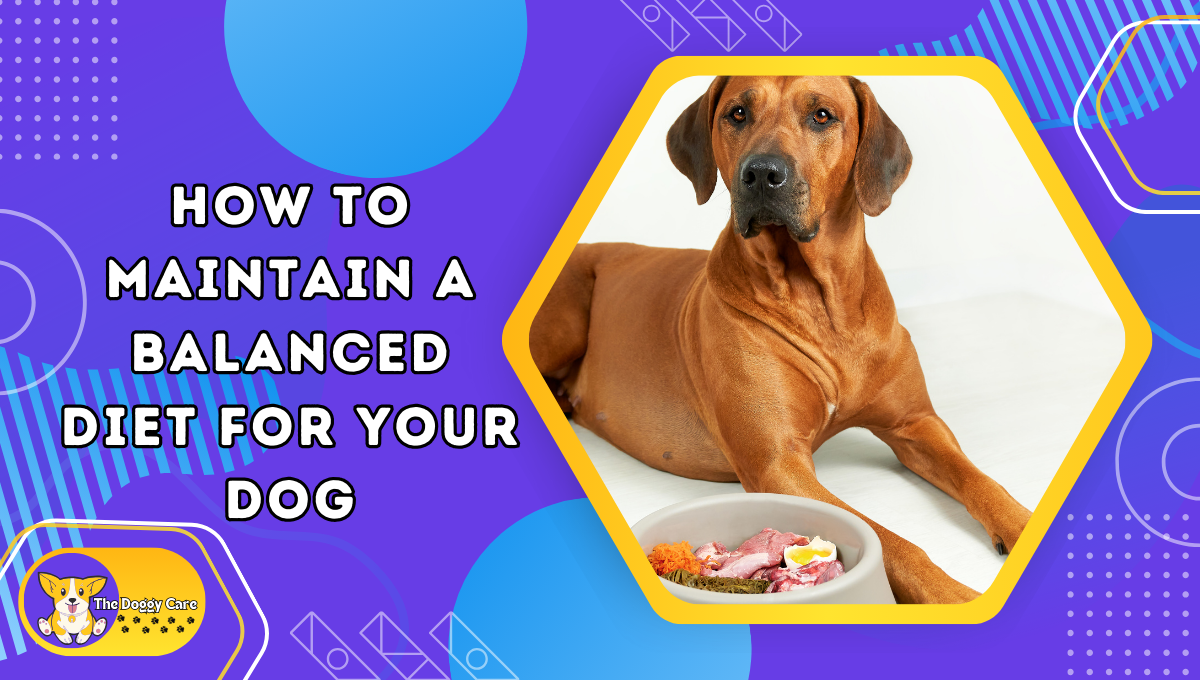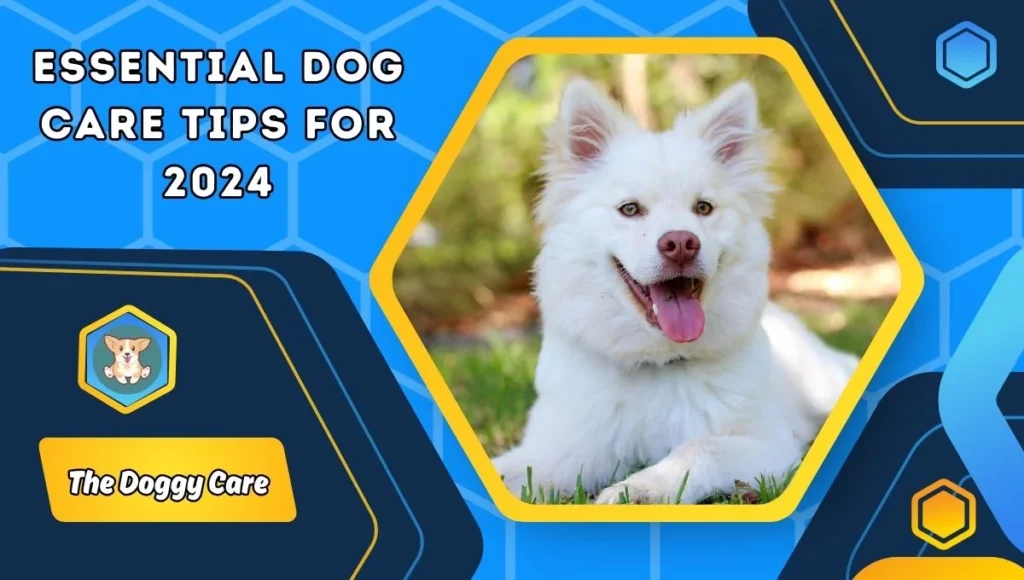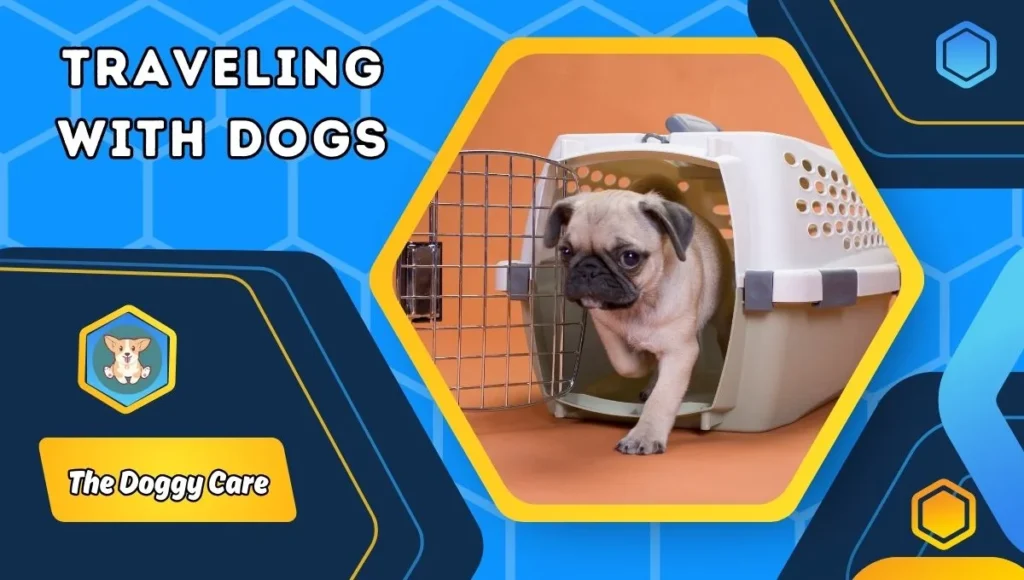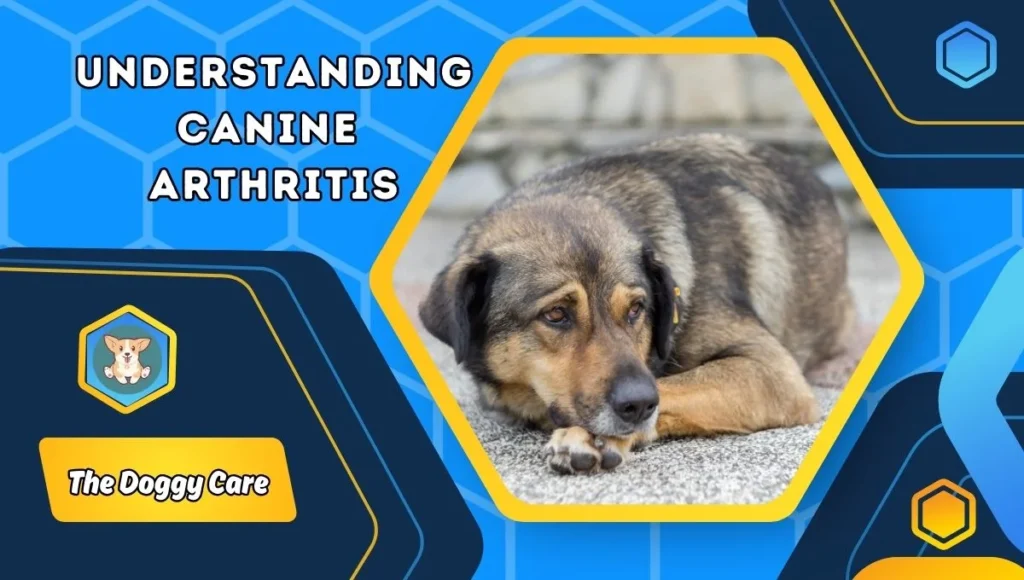Keeping your dog cool in a car is not just about comfort—it’s about safety. Dogs are susceptible to overheating, which can lead to serious health issues or even be fatal.
With proper planning and precautions, you can ensure your furry friend stays cool and comfortable during car rides.
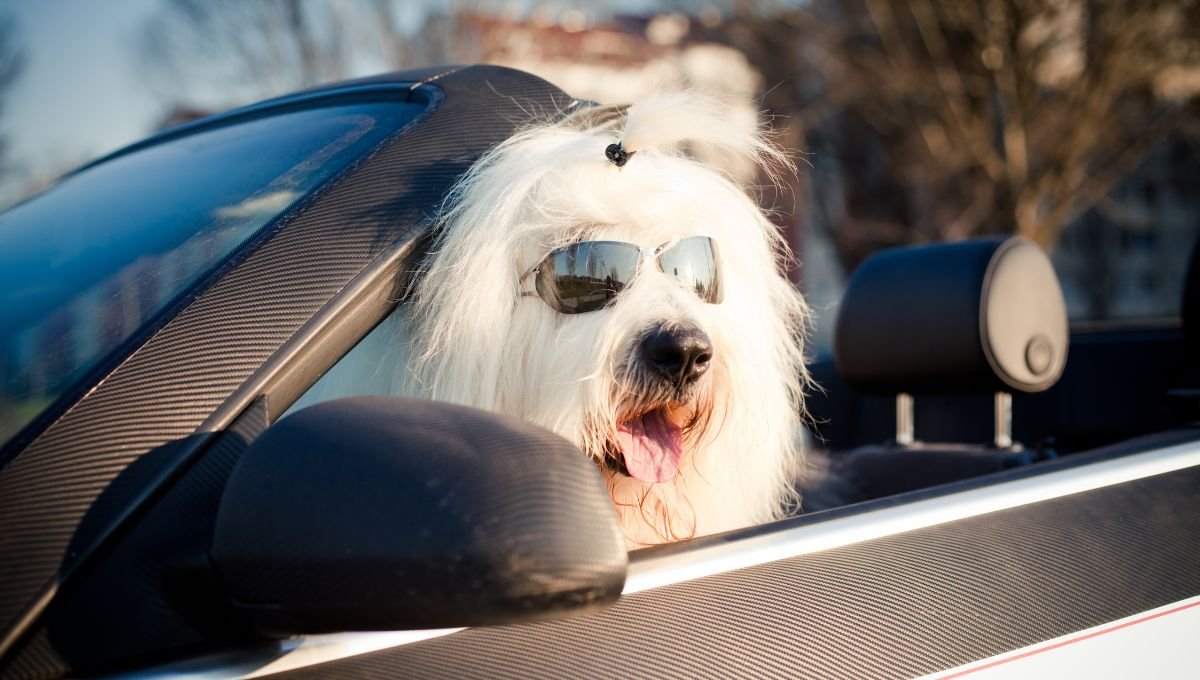
Contents
Before the Trip
Plan Ahead
Preparation is key to a safe trip. Check the weather forecast and plan your journey during cooler parts of the day, like early morning or late evening. Make sure your car is ready for your pet by removing any items that can trap heat and ensuring your dog’s space is well-ventilated.
Pre-cool the Car
Before your dog even sets its paw in the car, cool it down. Run the air conditioning for a few minutes to lower the temperature inside. This way, your dog can step into a comfortable environment right from the start.
Choose the Right Time to Travel
Timing can make a huge difference. Avoid traveling during peak heat hours (10 AM to 4 PM). Early mornings and late evenings are ideal times to hit the road, ensuring cooler temperatures for your canine companion.
How to Keep a Dog Cool in a Car?
To keep a dog cool in a car, always use air conditioning and provide good ventilation. Plan trips during cooler parts of the day and pre-cool the car before starting your journey.
Use window shades or sun shields to block direct sunlight, and ensure your dog has access to fresh water. Take frequent breaks to let your dog stretch, drink, and cool down. Never leave your dog alone in the car, even for a short period.
During the Trip
Use Air Conditioning
Keep the AC on and directed towards the back where your dog is seated. Ensure the cool air reaches your dog’s area, creating a comfortable environment. If your car has rear AC vents, make sure they’re open and functional.
Provide Ventilation
Good ventilation is crucial. Open windows slightly to allow fresh air to circulate. Be cautious not to open them too much, as dogs might stick their heads out, which can be dangerous.
Window Shades and Sunshields
Use window shades or sun shields to block direct sunlight. These can significantly reduce the temperature inside the car and provide a shaded, cooler space for your dog.
Frequent Breaks
On long trips, plan for frequent stops. Let your dog out of the car to stretch, drink water, and cool down. Regular breaks help prevent overheating and keep your dog comfortable.
Hydration
Keeping your dog hydrated during car trips is crucial to preventing overheating. Always carry fresh, cool water and a portable water bowl or travel water bottle designed for pets.
Offer water regularly, especially during longer trips or in hot weather. Hydration helps regulate your dog’s body temperature and keeps them comfortable.
Signs of dehydration include excessive panting, dry gums, and lethargy, so monitor your dog closely. Plan for frequent breaks to allow your dog to drink and cool down. Remember, a well-hydrated dog is a happy and healthy traveling companion.

Cooling Aids
Cooling Mats
Cooling mats are fantastic tools for keeping your dog cool. These mats are designed to stay cool for long periods, providing a comfortable spot for your dog to lie on.
Cooling Vests and Bandanas
Cooling vests and bandanas can be soaked in water and then worn by your dog. They work by evaporative cooling, helping to reduce your dog’s body temperature effectively.
Ice Packs and Towels
Place ice packs wrapped in towels near your dog. Avoid direct contact with the skin to prevent frostbite. Alternatively, you can use damp towels as a cooling surface.
Safety Measures
Never Leave Your Dog Alone
Never leave your dog alone in the car, even for a few minutes. The temperature inside a car can rise rapidly, putting your dog at risk of heatstroke or worse.
Monitor Your Dog’s Behavior
Keep an eye on your dog’s behavior. Signs of distress or discomfort can indicate overheating. Look for excessive panting, drooling, or lethargy.
Recognize Signs of Overheating
Understanding the signs of overheating is crucial. Symptoms include heavy panting, rapid breathing, drooling, weakness, and in severe cases, collapse. Immediate action is required if you notice these signs.
Alternative Cooling Methods
Portable Fans
Portable fans can be a great addition to your car’s cooling arsenal. These battery-operated fans can help improve air circulation and keep your dog cool.
Frozen Treats
Offer your dog frozen treats during the trip. Not only do they help keep your dog cool, but they also provide a refreshing snack.
Damp Towels
Place damp towels over your dog’s back or on the car seat. The moisture from the towels can help lower your dog’s body temperature through evaporative cooling.
What to Avoid
No Direct Sunlight
Avoid letting your dog sit in direct sunlight. Position your dog in the shaded part of the car and use window shades to block the sun.
No Hot Surfaces
Be mindful of hot surfaces, both inside and outside the car. Car seats, seat belts, and metal surfaces can get extremely hot and can burn your dog’s paws or skin.
Avoid Overexertion
Limit physical activity before and during the trip. Overexertion can increase your dog’s body temperature, making it harder to cool down.
Emergency Situations
What to Do if Your Dog Overheats
If your dog shows signs of overheating, take immediate action. Move your dog to a shaded or cool area, offer water, and use cool (not cold) water to dampen your dog’s body. Seek veterinary assistance as soon as possible.
First Aid for Overheating
Knowing basic first aid can save your dog’s life. Apply cool, wet clothes to your dog’s body, particularly the neck, armpits, and groin. Avoid using ice or very cold water as it can cause shock.
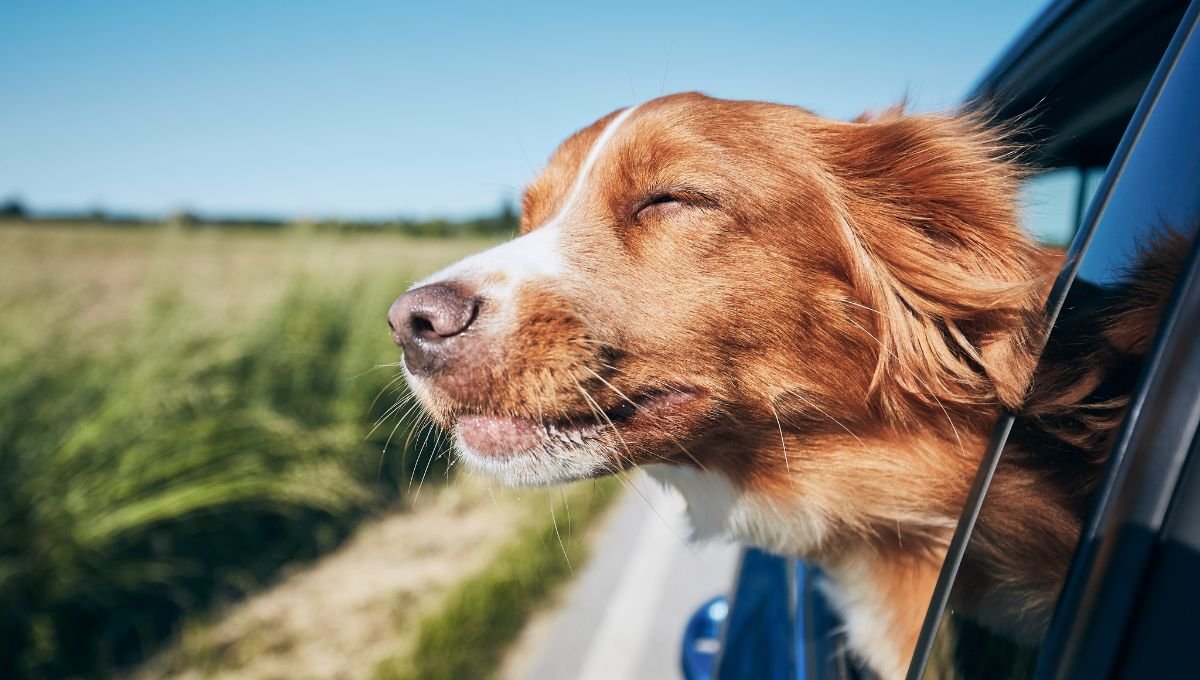
Long-term Considerations
Regular Health Check-ups
Regular vet check-ups can help ensure your dog is in good health, reducing the risk of overheating. Discuss your travel plans with your vet for personalized advice.
Adjusting Travel Plans
Be flexible with your travel plans. If the weather is too hot, consider rescheduling or finding alternative ways to travel with your dog.
Keeping Your Dog Fit and Healthy
A fit and healthy dog is better able to handle heat. Regular exercise, a balanced diet, and maintaining a healthy weight can all contribute to your dog’s overall well-being and ability to stay cool.

